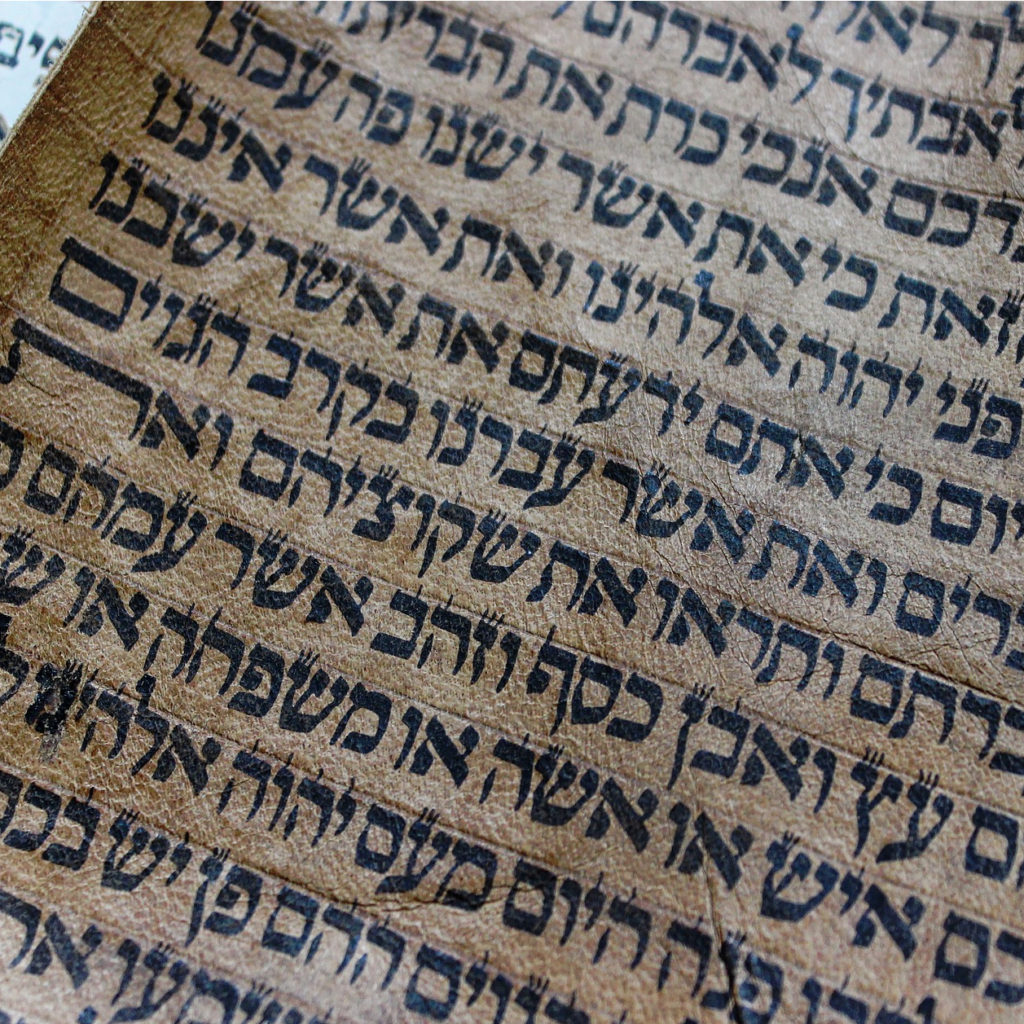
Here is a list of all of the best dictionaries, web resources, and apps that I discovered in rabbinical school and beyond. Once you understand the fundamental grammar of Hebrew and Aramaic, these tools will help you decode anything from TaNaKh [Hebrew Bible] to today’s Israeli news, and everything in between.
You should know that the online database Sefaria has a tool that allows you to look up words in texts by highlighting them. This is a great resource and it’s good to keep in mind that: (1) it works fully only when you know the grammatical rules (eg. it will not convert plural forms into definitions found in the singular) and (2) especially if you are starting out, using the traditional dictionaries will strengthen your Hebrew and Aramaic skills far more than the Sefaria version.
*Note: To look up a word in most of the books below, you need to search using its three-letter root.
Biblical:
Brown Driver Briggs Hebrew and English Lexicon (aka BDB) – this is the classic academic dictionary for the entire Hebrew Bible. It has every word and translation you will need. There are some more recent biblical dictionaries but this is still the gold standard.
BDB Online – http://www.ericlevy.com/revel/bdb/bdb/main.htm
Hebrew Bible App – https://apps.apple.com/ca/app/hebrewbible/id310104088
This is a fantastic resource that lets you click on individual Hebrew words in any part of the TaNaKh and see its definition from the Brown Driver Briggs. This app is especially helpful if you are trying to move quickly in Hebrew or if you do not know the three letter root of a word.
Early Rabbinic:
Dictionary of the Targumim, Talmud Bavli, Talmud Yerushalmi, and Midrashic Literature by Marcus Jastrow (aka Jastrow Dictionary) – This is the top choice for translating early rabbinic sources. It is also useful for early modern Hebrew sources such as Hasidic literature, but will likely be insufficient for those genres without a modern dictionary as well.
Jastrow Online (1) – https://www.instonebrewer.com/tyndalearchive/TABS/Jastrow/index.htmhttps://www.instonebrewer.com/tyndalearchive/TABS/Jastrow/index.htm
Jastrow Online (2) – https://www.sefaria.org/Jastrow
Dictionary of Jewish Babylonian Aramaic of the Talmudic and Geonic Periods by Michael Sokoloff (aka Sokoloff Dictionary) – Some prefer this more recent dictionary to Jastrow. Sokoloff did not include the Targumim in creating this, though he does include Gaonic literature as well as early magical writings. That makes the entries somewhat different. For studying Talmud, this dictionary is particularly useful for abnormal usages of words (sometimes called “Jastrow Bonuses” because the Jastrow dictionary highlights these outlying meanings and often translates the whole surrounding phrase on sentence). In Sokoloff, there is an index of unique/anomalous usages in the back, listed by Talmudic page, which can make translating go more quickly.
The Practical Talmud Dictionary by Yitzhak Frank (aka Frank Dictionary) – This is a wonderful compilation of technical idioms from the Talmud. It is quite impossible to understand the flow of the Talmud’s argumentation without knowing the technical terms which it liberally employs. For that reason, owning a Frank dictionary is essential for decoding Talmud in the original language. This dictionary can also be helpful for later writings such as the Shulḥan Arukh and Ḥasidic texts which sometimes draw on this technical language.
The Gemara Card – This six-page laminated resource contains a “best of” glossary, abbreviation list, grammar section, abbreviated list of Talmudic sages, table of ancient measurements, and guide to Rashi Script. For beginning to learn Talmud, and even useful for more advanced students, it is a quick reference guide so you don’t to flip through a dictionary or other resource.
Modern:
The Complete Hebrew-English Dictionary by Reuben Alcalay – This is a very comprehensive dictionary recommended to me by my professor of Hebrew. Some people prefer the binding on the original 1961 edition, which was broken into three books. The 2000 edition is in two books and has some new words added from the original.
Rav Milim – https://www.ravmilim.co.il/naerr_en.asp
This is an excellent website that gives you everything from English translation, to grammar, rhymes, expressions, synonyms, and Hebrew definitions. The search bar allows you to enter the word itself without needing to search based on the Hebrew root. Note: This site does require a subscription which you may find through an academic institution if you are a student.
Morfix – https://www.morfix.co.il
This is a less robust version of Rav Milim, but they give similar results for direct translations. One big advantage, morfix is free!
Google Translate – translate.google.com
This is a slightly less reliable translation method. However, it has some useful features like being able to live translate a sign or book that you have in front of you using your phone’s camera. It also usually processes more quickly than Morfix, which is useful if you are in a hurry.
For Decoding Acronyms:
Otzar Roshei Tevot [Treasury of Acronyms] by Shmuel Ashkenazi and Dov Yarden – this collection, found only in Hebrew, is an extensive list of acronyms and their multiple meanings. It is a valuable resource at any level.
Kitzurim VeRoshei Teivot B’Ivrit [Hebrew Abbreviations and Acronyms] – kizur.co.il This is a great, free online resource. It is not quite as extensive as Otzar Roshei Tevot but still very helpful.